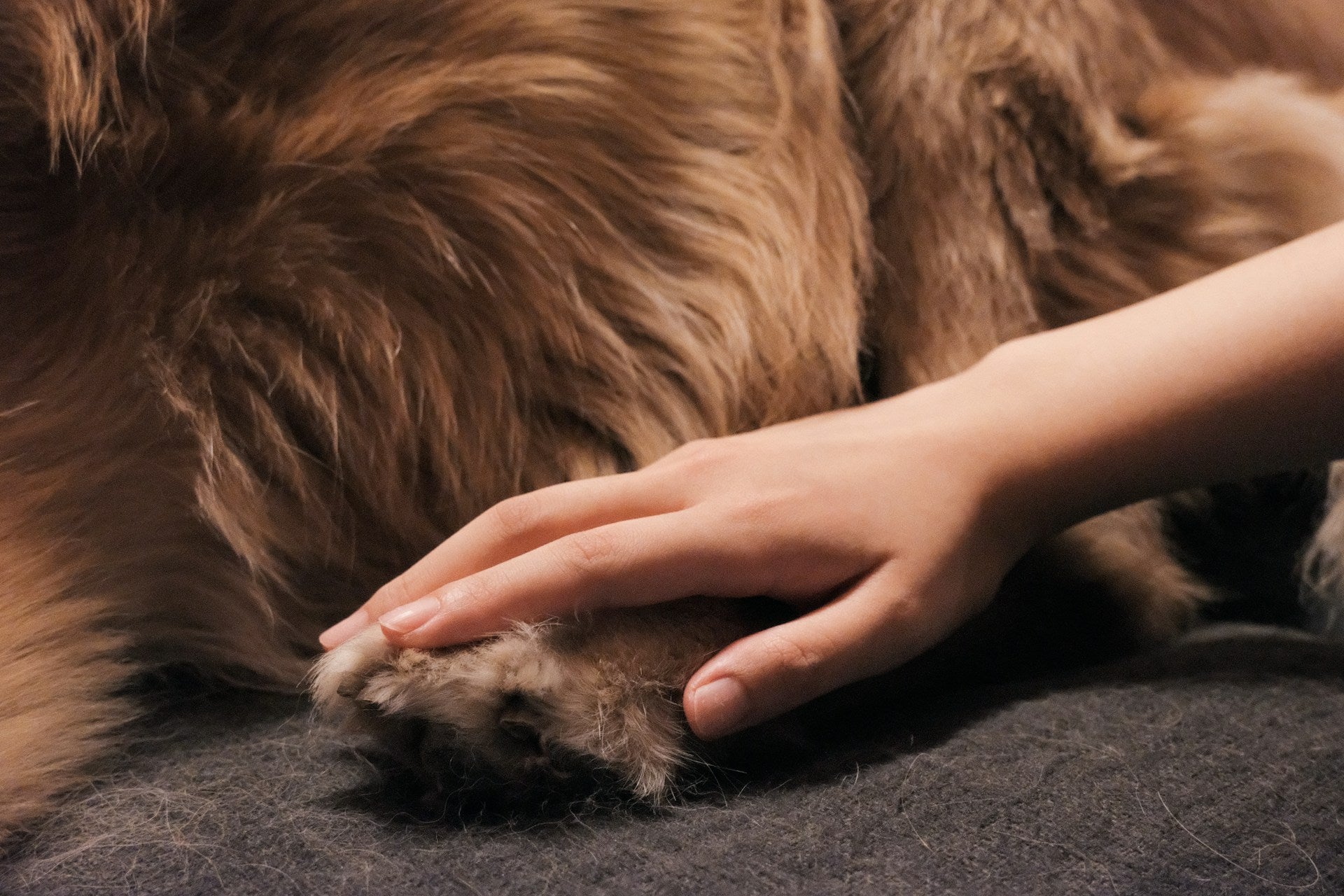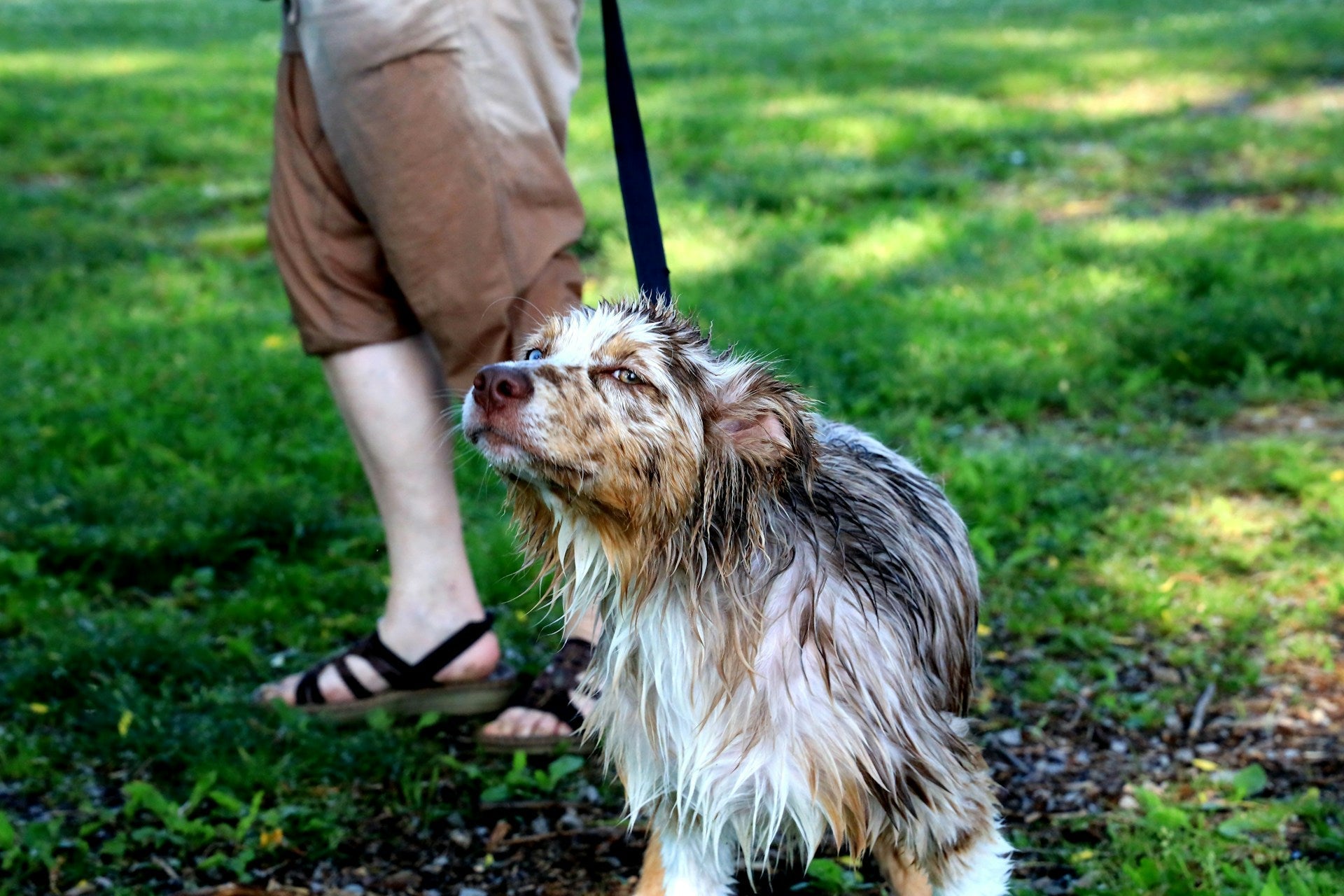Dog Grooming by Coat Type: Long, Short, Curly & Double-Coated
Every dog’s coat tells a story — of breed, genetics, and the environment they live in. Whether soft and flowing like a Shih Tzu’s or dense and weatherproof like a Husky’s, each coat type demands its own grooming rhythm. Understanding dog grooming by coat type isn’t just about beauty; it’s about health, comfort, and bonding.
According to the American Veterinary Medical Association (AVMA), regular grooming is vital for a dog’s skin and coat health. It helps prevent matting, reduces shedding, and allows owners to spot early signs of skin issues or parasites before they become serious. Yet, many pet parents are unsure how often to brush, bathe, or trim their dogs based on their coat type — or which tools truly make the process gentle and effective.
This comprehensive guide breaks down grooming best practices for long-coated, short-coated, curly-coated, and double-coated dogs. You’ll learn the right frequency, techniques, and tools — plus how the Furgo Misty Spray Comb can simplify your daily routine by detangling and hydrating fur in one calming motion.
Because grooming isn’t just maintenance — it’s care, connection, and love made visible.
Long-Coated Dogs — The Art of Tangle Prevention
Long-coated breeds like Shih Tzus, Afghan Hounds, and Yorkshire Terriers captivate with their elegance, but that beauty requires daily care. Long hair traps debris and moisture, creating a breeding ground for mats that can lead to skin irritation or infections.
- Grooming frequency: Brush daily or every other day.
- Tools: Pin brush and steel comb.
- Technique: Part the coat in layers, brushing from root to tip to avoid hidden knots.
Pro Tip (Furgo Misty Integration): Before brushing, lightly mist your dog’s coat with the Furgo Misty Spray Comb. The fine mist hydrates hair and reduces static, allowing the comb’s bristles to glide through tangles without pulling — minimizing stress and keeping long hair smooth, shiny, and healthy.
AVMA Note: The AVMA emphasizes that matting can restrict air circulation to the skin, causing pain and dermatitis. Regular, gentle brushing prevents these risks and strengthens the owner–pet bond.
Short-Coated Dogs — Beyond the “Low-Maintenance” Myth
Short-coated breeds like Beagles, Dalmatians, and Boxers may look “easy-care,” but they shed frequently and still need regular attention to keep their coats glossy and skin healthy.
- Grooming frequency: Brush 2–3 times a week.
- Tools: Rubber curry brush or bristle brush.
- Technique: Brush in the direction of hair growth using gentle, consistent strokes.
Pro Tip (Furgo Misty Integration): Use the Misty’s light spray to loosen dust and dander before brushing. The hydration mist helps remove dead fur more efficiently while giving the coat a sleek, healthy finish — ideal for dogs that dislike traditional baths or brushing sessions.
Veterinary Insight: Short-coated dogs are more exposed to sun and skin irritations. The AVMA recommends routine inspections during grooming to detect bumps, fleas, or dry patches early.
Curly-Coated Dogs — Managing the Mat Magnet
Breeds like Poodles, Bichon Frises, and Portuguese Water Dogs are beloved for their curls — but those curls are a matting magnet. Because curly hair traps shed fur instead of releasing it, daily brushing is essential.
- Grooming frequency: Daily or every other day.
- Tools: Slicker brush and metal comb.
- Technique: Line brush section by section, gently stretching curls without breaking them.
Pro Tip (Furgo Misty Integration): Apply a fine mist using the Furgo Misty Spray Comb before brushing. The moisture helps curls separate naturally, reducing breakage and discomfort — perfect for dogs prone to grooming anxiety.
AVMA Note: Curly-coated breeds often need professional trimming every 4–8 weeks. The AVMA advises owners never to cut mats with scissors due to injury risk — instead, use detangling tools or professional groomers.
Double-Coated Dogs — Mastering the Seasonal Shed
Double-coated breeds like Golden Retrievers, Huskies, and Corgis have two layers: a dense undercoat for insulation and a protective topcoat. These dogs “blow their coat” twice a year, shedding enormous amounts of fur.
- Grooming frequency: Brush 2–3 times per week, daily during shedding season.
- Tools: Undercoat rake and slicker brush.
- Technique: Use the rake first to remove loose undercoat, then finish with the slicker to polish.
Pro Tip (Furgo Misty Integration): Before brushing, mist the undercoat using the Furgo Misty Spray Comb to slightly dampen the fur. This traps loose hair and prevents static, making deshedding faster and cleaner — ideal for maintaining a fur-free home.
AVMA Note: Never shave a double-coated dog. Shaving can permanently damage coat regrowth and impair temperature regulation. Regular brushing and mist-assisted grooming are the safe, vet-approved alternatives.
Choosing the Right Grooming Routine for Your Dog
Every coat type has its rhythm, but all share one truth: consistency matters more than complexity. Grooming is preventive care — not just aesthetics.
| Coat Type | Brush Frequency | Tool Type | Misty Use Tip |
|---|---|---|---|
| Long | Daily | Pin & steel comb | Light mist for detangling |
| Short | 2–3x weekly | Rubber or bristle brush | Mist to lift dust & loose hair |
| Curly | Daily | Slicker & comb | Mist before line brushing |

